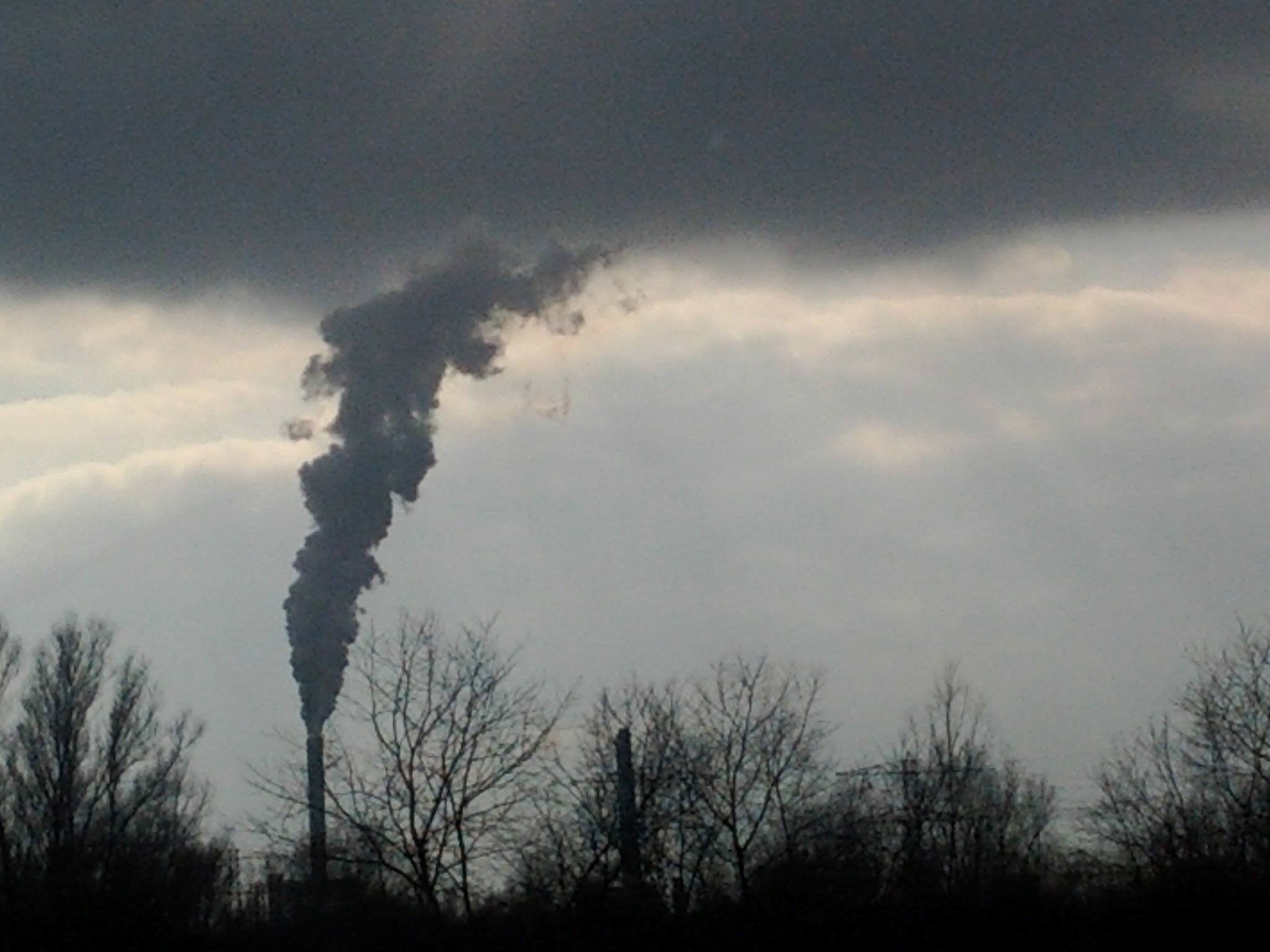
Scientists at Uppsala University make rocks absorb CO2 by weathering them. This is done with the help of worms, bacteria and fungi. The research is being done by research project Bio-Accelerated Mineral Weathering (BAM). This is reported by Uppsala University in a press release.
Weathering
Weathering is the process by which stones are mechanically or chemically broken down into grit, sand, clay and ions. These ions then react with each other and precipitate as new minerals and rocks. This allows CO2 to be absorbed by limestone, for example, a process Project BAM researchers want to replicate on a large scale.
Thomas Corbett, postdoctoral researcher in the Department of Earth Sciences, said weathering of silicate minerals has been regulating the earth’s temperature for millions of years. “The idea behind this technology is to accelerate processes that occur naturally,” Corbet said.
Bioreactor
By mixing specially selected organisms with crushed rock in a sealed container, the researchers have already achieved results. They managed to double the rate of weathering. Still, weathering needs to be many times faster to be truly effective.
This could be done by using specially designed bioreactors. The first prototype of these is nearing completion. Water and CO2 are then combined with the organisms, the crushed stone and an organic food for the organisms, such as hay. Leachate, also known as worm tea, then drips out of the chamber. This can be used to combat ocean acidification.
Corbett explains that a conscious decision was made to start with relatively small reactors, which can hold about 400 grams of material. Then the project will be scaled up. “We use thousands of these reactors or the best combination of organisms and the best throughput to figure out,” Corbett says.
Directly at the emission source
This solution could be applied directly at the source of CO2 emissions, such as at a factory or industrial site. Converting excess concrete at a steel producer, for example, would then be good for the climate and the environment.
Before we get to that point, however, the optimal combination of organisms still needs to be found. “We use different types of fungi and bacteria. There are genetically modified species that provide a lot of weathering, but they also create other challenges that we don’t like. So we use wild species, which also puts the environment and researchers at less risk,” Corbett said.
Selected for you!
Innovation Origins is the European platform for innovation news. In addition to the many reports from our own editors in 15 European countries, we select the most important press releases from reliable sources. This way you can stay up to date on what is happening in the world of innovation. Are you or do you know an organization that should not be missing from our list of selected sources? Then report to our editorial team.
